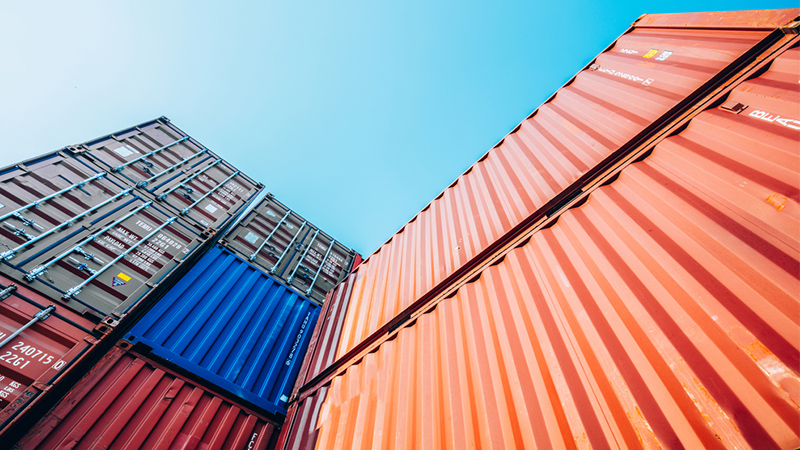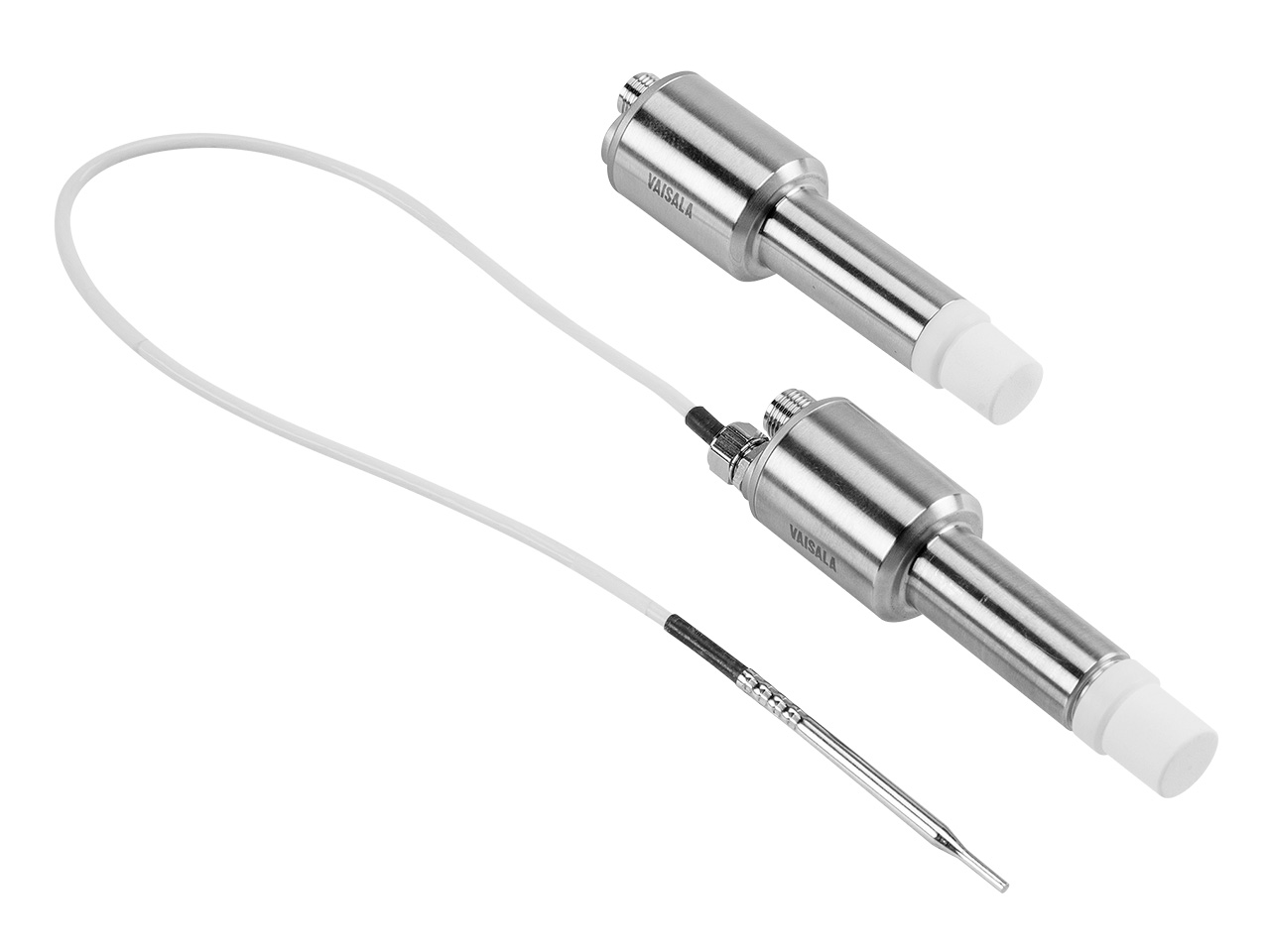Keeping pathogens at bay
Global mobility for people means mobility for pathogens, too. Vaisala provides a solution to ensuring vaporized hydrogen peroxide concentration is high enough in bio-decontamination processes.
Pathogens are a major concern for the pharmaceutical and food industries, but to the transportation business, too. Global mobility for people also means mobility for pathogens. Vaisala provides a sustainable solution to ensuring vaporized hydrogen peroxide concentration is high enough in the bio-decontamination process.
The need for more pharmaceutics and treatment facilities is growing around the world. The bio-decontamination market grows at the same pace. Vaisala’s contribution to it is the new probe for measuring vaporized hydrogen peroxide.

Clean facilities and equipment
Vaporized hydrogen peroxide is used extensively in the bio-decontamination and sterilization of rooms, facilities, and equipment in the pharmaceutical and healthcare industry—to keep people safe from pathogens. For example, isolators and transfer hatches used to prevent contamination from outside area can be cleaned, when necessary. Also, treatment rooms in hospitals, ambulances, or even an aircraft can be cleaned with vaporized hydrogen peroxide. This can be particularly useful in a pandemic, when diseases can travel quickly on air routes.
Another application area is the food industry, where bio-decontamination can be used to make sure containers, such as yogurt bottles or the mouth of the bag in wine boxes, are clean enough for bottling, or to clean teat cups in a milking machine.
The use of vaporized hydrogen peroxide is growing in popularity, as it destroys even the most resistant microorganisms, like bacterial spores, mycobacteria, and viruses at room temperature and low concentrations. Moreover, it has no toxic by-products, breaking into water and hydrogen, and leaves no residue.
Solution for the long run
The users of Vaisala’s probe determine the parameters of the cycle required to ensure the elimination of contaminants from the process, i.e. how much hydrogen peroxide is used and what its concentration needs to be for how long. The probe confirms the bio-decontamination cycle meets these requirements.
As opposed to the electrochemical cells commonly used today, Vaisala’s probe is reliable and durable. It requires very little maintenance and needs calibration only once a year, whereas electrochemical cells are prone to breaking, and need to be changed at least every two years. Also widely used are biological and chemical indicators that can be used only once and then discarded. Getting results from biological indicators also takes several days, as specific incubation period is needed before results are available.
Vaisala’s probe can be used for much longer, and only the sensor needs to be changed, when its lifespan runs out. This decreases the use of raw materials considerably in the long run.

